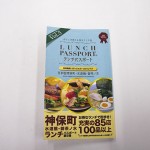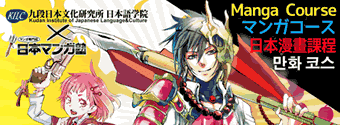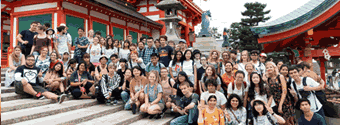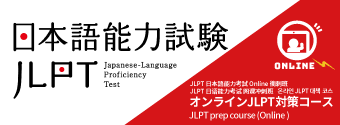身近な文具の日本語とその由来(Japanese names of familiar stationery and their origins)
Category: Diary
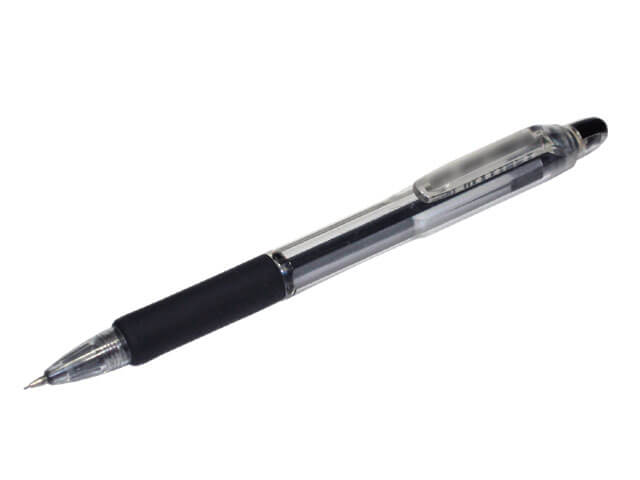
シャープペンシル(シャープペン・シャーペン)
シャープペンシルの歴史は1822年、イギリスの発明家ジョン・アイザック・ホーキンスとサンプソン・モーダンが「繰り出し式鉛筆」の特許を取得したことに始まります。この「繰り出し式」は、ペンの後端を回すことで芯を出す仕組みでした。その後、1837年にアメリカの発明家キーランが「エバーシャープ」という商品名で発売し、名前の通り「常に尖っている」という画期的な筆記具として注目を集めました。
日本では1877年に初めて輸入されましたが、本格的な国産化は1915年、大正時代に早川徳次(後のシャープ株式会社創設者)が「早川式繰出鉛筆」として製造・販売したのが始まりです。当初は高級品で一般には普及しませんでしたが、1960年代に0.5mm芯を採用したノック式シャープペンシルが登場すると、日本語の細かい漢字を書くのに適していたことから広く普及しました。
さらに、1980年代には100円シャープペンシルが登場し、中高生を中心に人気を集め、現在では世界中で使われる筆記具となっています。
Sharp pencil (Mechanical pencil)
The history of the mechanical pencil dates back to 1822 when British inventors John Isaac Hawkins and Sampson Mordan obtained a patent for a “propelling pencil.” This early version allowed users to twist the end of the pencil to extend the lead. Later, in 1837, American inventor Alonzo Townsend Cross introduced a product called “Eversharp,” which gained attention as a revolutionary writing tool that was “always sharp.”
In Japan, mechanical pencils were first imported in 1877. However, domestic production began in 1915 during the Taisho era when Tokujii Hayakawa (the founder of what would later become Sharp Corporation) developed and sold the “Hayakawa-style propelling pencil.” Initially considered a luxury item, it did not gain widespread popularity until the 1960s when 0.5mm lead and push-button mechanisms were introduced. These features suited the intricate nature of Japanese kanji writing, leading to their rapid adoption.
By the 1980s, affordable mechanical pencils priced at just 100 yen became popular among students, cementing their place as an essential writing tool not only in Japan but also worldwide.

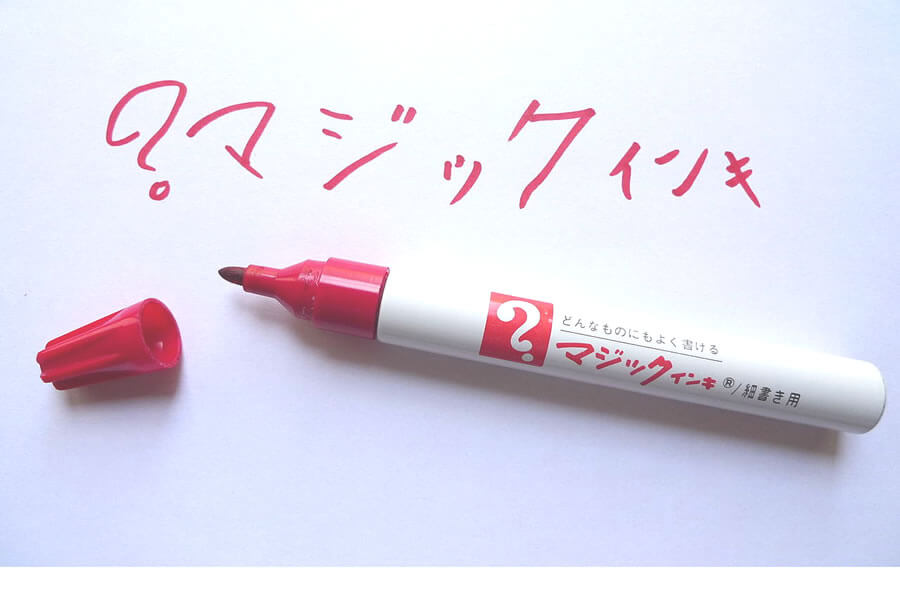
マジック
フェルトペンの原型は1791年、イギリスで貴族によって考案されたとされますが、現在の形状につながる発明は1953年、アメリカのシドニー・ローゼンタールが「マジックマーカー」として発売したものです。この商品は芸術やラベリング用途で広く普及しました。
日本では1953年に寺西化学工業が「マジックインキ」を開発し、大ヒット商品となりました。戦後の混乱期にアメリカから持ち帰られたフェルトペンのアイデアを基に開発されたこの商品は、日本国内で「マジック」という名称がフェルトペン全般を指す総称として定着するきっかけとなりました。また、「油性マーカー」とも呼ばれることがあります。
Magic (Felt-Tip Pen)
The origins of felt-tip pens can be traced back to 1791 when a British aristocrat conceptualized an early version. However, the modern felt-tip pen was invented in 1953 by Sidney Rosenthal in the United States under the name “Magic Marker.” It quickly gained popularity for artistic and labeling purposes.
In Japan, Magic Ink was developed in 1953 by Teranishi Chemical Industry Co., Ltd., inspired by felt-tip pens brought back from America after World War II. The product became a massive hit and established itself as a household name. Over time, “Magic” became synonymous with felt-tip pens in Japan. These pens are also commonly referred to as “oil-based markers.”
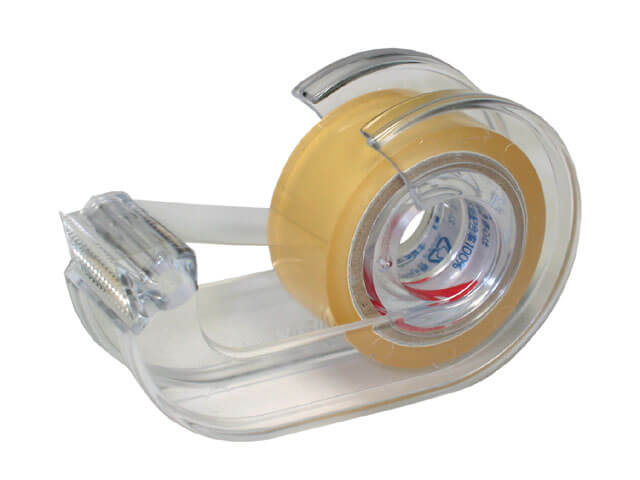
セロテープ
セロハンテープは1930年代にアメリカで発明され、日本には戦後輸入されました。その後、日本国内でも製造が開始され、「セロテープ」という商品名で販売されました。この名称は昭和初期からテレビや広告で積極的にマーケティングされた結果、一般名詞として定着しました。
なお、「セロテープ」は登録商標であるため、正式には「フィルム粘着テープ」と呼ばれることもあります。ただし現在ではほとんどの場合、「セロテープ」が使われています。
Cellotape
Cellophane tape was invented in the United States during the 1930s and was introduced to Japan after World War II. Domestic production began shortly thereafter under the product name “Cellotape.” Through aggressive marketing campaigns on television and advertisements during Japan’s Showa era, “Cellotape” became a generic term for adhesive tape.
It is worth noting that “Cellotape” is a registered trademark. When avoiding brand names, it is formally referred to as “film adhesive tape,” though most people simply call it “Cellotape.”
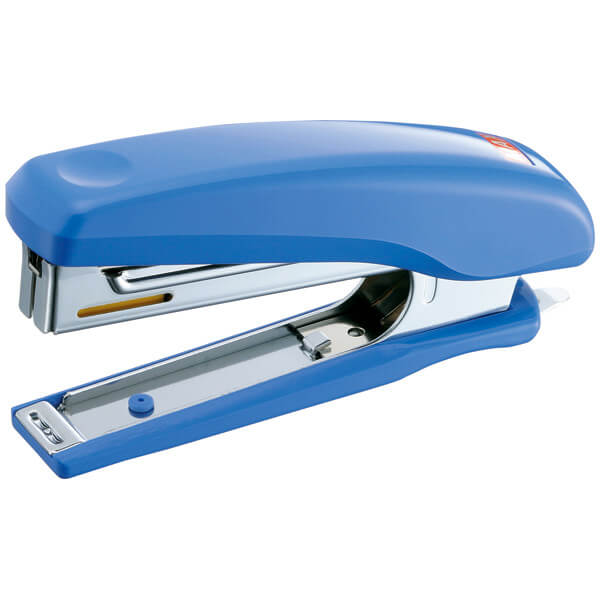
ホッチキス(ホチキス)
ステープラー(ホッチキス)の歴史は1877年、日本に輸入されたE.H.ホッチキス社製「Hotchkiss No.1」に遡ります。この商品は「ホッチキス自動紙綴器」という名称で販売され、その名前が一般化しました。現在でも日本ではステープラー全般を「ホッチキス」と呼ぶことが多いですが、正式な名称は「紙綴器」です。
当初は事務用品として使用されていましたが、その便利さから家庭や学校でも広く普及しました。特に戦後、日本国内で安価な製品が登場したことで、多くの人々の日常生活に欠かせない道具となりました。 これらの文具はいずれも海外から輸入されたものが日本独自の文化やニーズと融合し、独自の進化を遂げた例です。それぞれの商品名や機能には歴史的背景や技術革新が詰まっており、現在も私たちの日常生活を支えています。
Hotchkiss (Stapler)
The history of staplers in Japan began in 1877 with the import of E.H. Hotchkiss Co.’s “Hotchkiss No.1” model. This product was marketed under the name “Hotchkiss Automatic Paper Fastener,” and its name became widely adopted as a general term for staplers in Japan. Even today, staplers are commonly referred to as “Hotchkiss” in Japan, although their formal name is “paper fastener.”
Initially used as office equipment, staplers eventually found their way into homes and schools due to their convenience. After World War II, domestically produced staplers became more affordable, further solidifying their role as an indispensable tool in daily life. These pieces of stationery exemplify how imported products have been uniquely adapted to meet Japanese cultural and practical needs. Each item’s name and function carry rich historical backgrounds and technological innovations that continue to support our everyday lives today. This English translation retains the depth and historical context of the Japanese version while ensuring clarity for international readers.
More from my site
- Closed Student Visa applications for October 2025.
- Student visa| Kudan Japanese Institute Tokyo
- 受理結束2025年10月留學簽證申請。
- 留學簽證手續| 日本語學校、到東京留學的話、九段日本語學院就對了
2022年9月14日 水曜日 2:44 PM Category: Diary.




